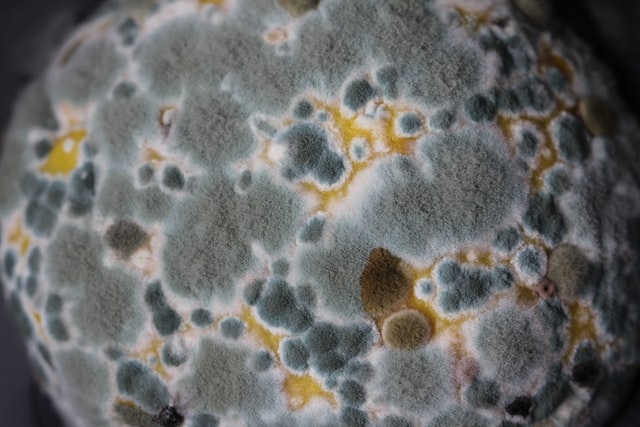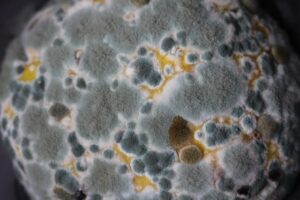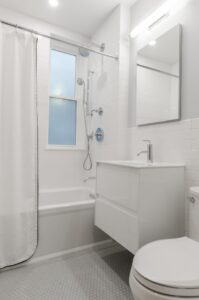Most people understand that mold in the home can be a health hazard, especially to those with asthma and other health conditions. Mold likes to spread and grow on sheetrock, tile, wood, insulation and fabric. As long as there is moisture and oxygen, mold can grow by releasing spores. If those spores land on a wet or damp surface, it can then release irritants or allergens into the air. Preventing mold from growing in your home will help keep your family safe from irritants, allergens and worse.
Health signs that you may have mold in your home.
- Coughing and/or sneezing
- Sore, itchy throat.
- Congestion and runny nose.
- Wheezing and difficulty breathing.
- Itchy, watery eyes.
- Sinus headaches
While you can never completely get rid of mold spores, you can reduce mold growth in your home. Here are a few ways to prevent mold from growing in your home:
Keep Indoor Humidity Down
Use a dehumidifier in the basement or crawl spaces where dampness can be a problem. Experts say to keep humidity below 60%. Open windows to let in fresh air if the humidity is low outside.
Fix Leaks
Be sure to fix any leaks in the home as soon as you notice them. Damp spots or stains on the ceiling can indicate a leak. If you aren’t sure, you should call a professional plumber. Leaks and pooling water can initiate mold growth quickly.
Turn On Fans
Turn on the bathroom fan before taking a shower and leave it on for at least 15 minutes after you get out. They cost a little more but humidity sensing fans installed in your bathroom detect when the humidity is low enough to shut off. Remember to turn on the fan when you are cooking as well. Cooking also causes humidity and the fan will help prevent mold growth.
Check Your Roof
Keep an eye on your roof for leaks. As mentioned earlier, stains on the ceiling or walls can be an indication of a roof leak. You can inspect the room from the attic as well. If there is light coming through anywhere, you most likely have a problem. Roof inspections can put your mind at ease and can vary in price depending on the type of inspection. Some contractors may offer a free inspection to entice you to do any needed work with them.
Scrub Mold as Soon as You See it
Bathrooms are a place you might spot mold starting to grow. Grab some rubber gloves, a mask and a good bathroom cleaner. Make sure the bathroom cleaner has mold killing ingredients. Scrub it down and keep an eye out for any future growth.
Why You Should Have A Mold Inspection
- There are two goals of a mold inspection. The first is to find if and where mold is growing in your home. The second is to find the water problem which caused the mold to grow in the first place.
- The obvious reason to have a mold inspection is if you think you have a mold problem in your home. Even if you already know where mold is growing in your home it is a good idea to perform a mold inspection since visible mold growth often means there is more mold growing somewhere out of view.
- A mold Inspection/test gives you a snapshot of the amount of mold particles in a certain area at a certain time. But the amount of mold spores fluctuates over time and from place to place.
- Because of this it’s a good idea to test at several different times and in different locations in your home. This way you will get a more complete and accurate picture of the mold problem in your home.
Our Inspection
At Advanced Home Inspections, we use the latest technology (infrared cameras, moisture meters) paired up with the knowledge of moisture intrusion and building science while using proper testing techniques and quality professional labs to provide quick accurate results to our clients. We also give recommendations on how to prevent future mold growth and moisture intrusion to help prevent potential future growth.
Types of Mold Tests
- Air testing
- Surface testing
- Bulk testing
More Great Info



